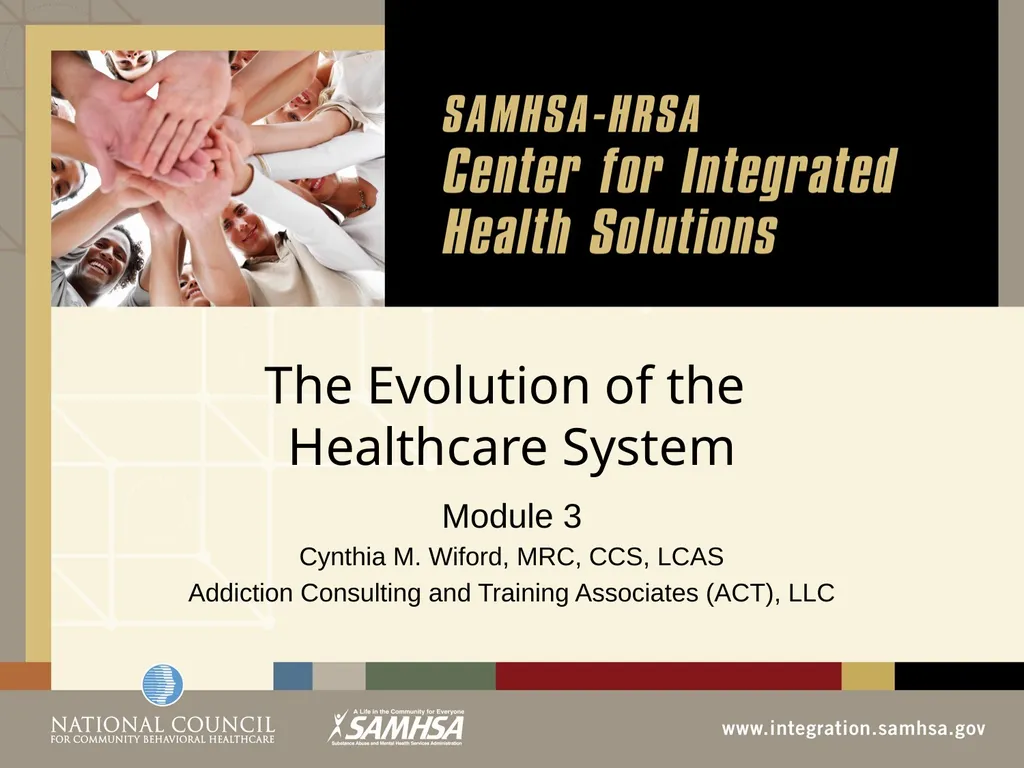
The Evolution of the Healthcare System Module 3
Author: phoebe-click | Published: 2025-08-04
Description: The Evolution of the Healthcare System Module 3 Cynthia M. Wiford, MRC, CCS, LCAS Addiction Consulting and Training Associates (ACT), LLC Learning Objectives Draw a comparison between the US healthcare system to healthcare in other
Download Presentation
Download the PPT/PDF: Download
Transcript:
Loading transcript…